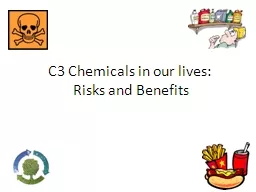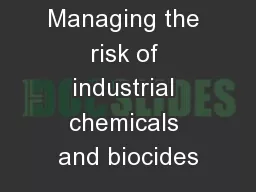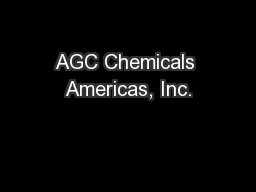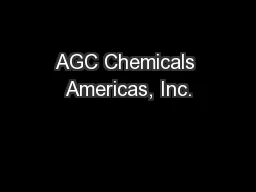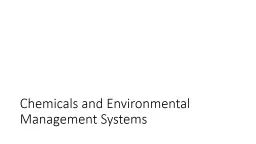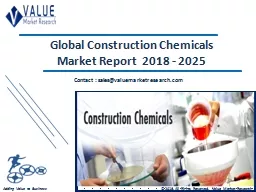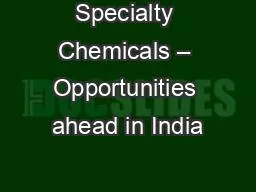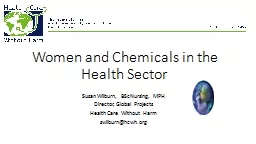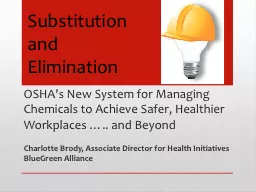PPT-C3 Chemicals in our lives:
Author : trish-goza | Published Date : 2016-06-18
Risks and Benefits A journey through geological time The Earths outer layers are divided into a number of These move because of very slow currents in the underlying
Presentation Embed Code
Download Presentation
Download Presentation The PPT/PDF document "C3 Chemicals in our lives:" is the property of its rightful owner. Permission is granted to download and print the materials on this website for personal, non-commercial use only, and to display it on your personal computer provided you do not modify the materials and that you retain all copyright notices contained in the materials. By downloading content from our website, you accept the terms of this agreement.
C3 Chemicals in our lives:: Transcript
Download Rules Of Document
"C3 Chemicals in our lives:"The content belongs to its owner. You may download and print it for personal use, without modification, and keep all copyright notices. By downloading, you agree to these terms.
Related Documents

